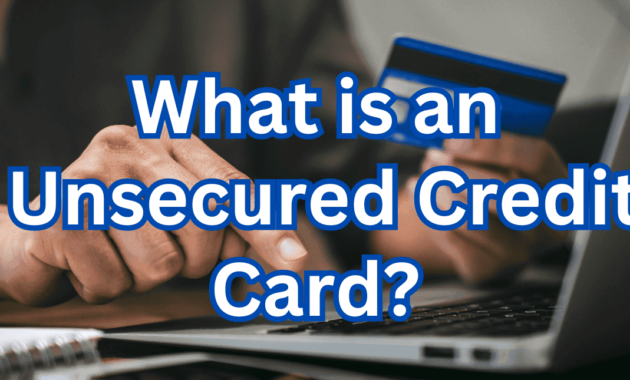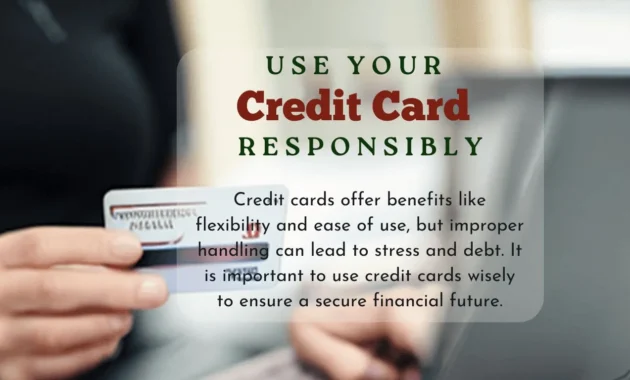Credit cards are essential tools for building credit, managing expenses, and gaining access to financial benefits like rewards or cashback. But not all credit cards are created equal. The two main types—secured and unsecured credit cards—serve different purposes and cater to different types of users.
Understanding the difference between these two can help you make an informed decision about which one best suits your financial situation. This article explores everything you need to know about secured vs unsecured credit cards, including how they work, who they’re for, and how they impact your credit score.
Secured Vs Unsecured Credit Cards
What Is a Secured Credit Card?

How It Works
A secured credit card requires a cash deposit that serves as collateral. This deposit usually determines your credit limit. For example, a $300 deposit may give you a $300 credit limit. The deposit protects the lender in case you default.
Who It’s For
Secured cards are ideal for:
- People with no credit history
- Individuals looking to rebuild bad credit
- Students and young adults new to credit
Key Features of Secured Cards
- Requires a refundable security deposit
- Reports to major credit bureaus
- Lower credit limits
- May come with higher interest rates and fewer perks
Benefits of Secured Cards
- Easier to qualify for with poor or no credit
- Helps build or rebuild credit history
- Some issuers offer upgrade to unsecured cards with responsible use
What Is an Unsecured Credit Card?

How It Works
An unsecured credit card does not require a deposit. The issuer extends credit based on your creditworthiness, income, and financial history. These are the most common types of credit cards.
Who It’s For
Unsecured cards are designed for:
- Individuals with fair to excellent credit
- Consumers with a stable income and good credit management
- Those looking for rewards, perks, and higher limits
Key Features of Unsecured Cards
- No security deposit required
- Higher credit limits
- Access to rewards and perks
- Widely accepted
Benefits of Unsecured Cards
- More convenience and flexibility
- May offer cashback, travel rewards, and purchase protection
- Opportunity to improve credit through responsible use
Key Differences Between Secured and Unsecured Credit Cards
| Feature | Secured Credit Card | Unsecured Credit Card |
|---|---|---|
| Deposit Required | Yes | No |
| Credit Limit | Equal to deposit | Based on credit score/income |
| Target Users | Poor/no credit | Fair to excellent credit |
| Rewards | Rare | Common |
| Fees | Often higher | May be lower or waived |
| Credit Reporting | Yes | Yes |
Credit Building Potential
Both types report to the three major credit bureaus: Experian, Equifax, and TransUnion. That means both can help you build or improve your credit score, but only if you use them responsibly.
Approval Requirements
- Secured Cards: Easier to get approved for. You just need the deposit and proof of income.
- Unsecured Cards: Require good credit history and proof of stable income. Some also check your credit utilization and existing debts.
Credit Limit Increases
- Secured Cards: Usually require additional deposits or upgrades over time.
- Unsecured Cards: May automatically increase your limit with responsible usage.
Upgrade Opportunities
Many secured credit card issuers offer a path to graduate to an unsecured card. Once you’ve made timely payments for 6–12 months, you may be eligible for a refund of your deposit and an upgrade.
Pros and Cons of Secured Credit Cards

Pros
- Easier approval with bad credit
- Helps build or rebuild credit
- Refundable deposit
- Reports to credit bureaus
Cons
- Requires upfront deposit
- Lower credit limits
- Fewer rewards and perks
- May have annual fees
Pros and Cons of Unsecured Credit Cards
Pros
- No deposit required
- Higher credit limits
- Access to rewards (cashback, travel, points)
- Greater financial flexibility
Cons
- Harder to qualify with poor credit
- Risk of debt if mismanaged
- May come with hidden fees or high interest rates
- Can negatively affect credit score if abused
When to Choose a Secured Credit Card
You’re New to Credit
If you’re a student or someone just starting to build a credit profile, a secured card is a safe and structured way to begin.
You Have Poor or Damaged Credit
If you’ve faced bankruptcy, collections, or late payments in the past, a secured card can be the first step toward credit recovery.
You Want to Learn Credit Discipline
Secured cards limit your spending and help develop good habits like on-time payments and low balances.
When to Choose an Unsecured Credit Card
You Have a Good Credit Score
If you have established credit and a strong payment history, you’ll benefit more from an unsecured card’s rewards and perks.
You Want Rewards and Benefits
Most unsecured cards offer cashback, travel perks, and introductory bonuses that can help you earn while you spend.
You Need Higher Credit Limits
Higher limits help lower your credit utilization ratio, which can positively impact your credit score.
Tips for Using Both Cards Responsibly

Pay On Time
Your payment history is the most important factor in your credit score. Set up automatic payments or reminders to avoid late fees.
Keep Your Balance Low
Try to use less than 30% of your credit limit. Lower utilization can improve your credit score over time.
Monitor Your Credit
Regularly check your credit report for errors or signs of identity theft. Many credit cards offer free FICO score updates.
Don’t Apply for Too Many Cards
Multiple credit inquiries can lower your score temporarily and raise red flags to lenders.
Transitioning from Secured to Unsecured Cards
When Can You Upgrade?
Most issuers allow you to upgrade after 6 to 12 months of consistent on-time payments and responsible card use.
How to Increase Your Chances
- Always pay on time
- Keep utilization low
- Avoid exceeding your limit
- Monitor your credit score regularly
What Happens to Your Deposit?
Once you upgrade to an unsecured card, your deposit is refunded, usually as a credit on your account or as a check.
Also Read : Smart Credit Card: Your Future Banking Companion
Conclusion
Secured and unsecured credit cards serve different purposes and come with their own set of benefits and drawbacks. If you’re just starting out or working to rebuild credit, a secured credit card is a great entry point. On the other hand, if you have a strong credit history and want to earn rewards or enjoy better benefits, an unsecured credit card is the better option.
Understanding the key differences between the two helps you make the right decision based on your financial goals. Remember, responsible credit card use—regardless of the type—can significantly improve your financial health and creditworthiness over time.
FAQs
What is the main difference between secured and unsecured credit cards?
The main difference is that secured cards require a security deposit while unsecured cards do not. Secured cards are typically used to build or rebuild credit.
Can a secured credit card improve my credit score?
Yes, as long as it reports to the major credit bureaus and you make payments on time, a secured card can help improve your credit score.
Do secured credit cards require a credit check?
Some secured cards do a soft credit pull, while others may require a hard inquiry. However, approval is generally easier than with unsecured cards.
How long should I use a secured credit card?
It’s a good idea to use a secured card for 6 to 12 months before checking if you’re eligible to upgrade to an unsecured card.
Will I get my deposit back on a secured card?
Yes, your deposit is refundable once the card is closed in good standing or you are upgraded to an unsecured card.
Are unsecured credit cards better?
They offer more benefits and don’t require a deposit, but they’re only “better” if you qualify and can manage them responsibly.
Can I have both secured and unsecured cards?
Absolutely! Having both can diversify your credit mix and help you build a stronger credit profile.




